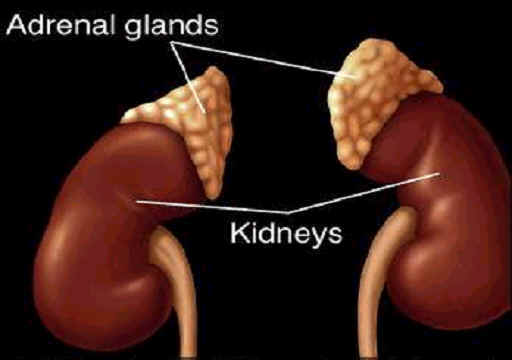
The world’s only “athletic illness” remains poorly understood.
Written by: Matt Fitzgerald
Overtraining, or overtraining syndrome (OTS), is generally characterized as an unexpected decline in performance that is not caused by an organic factor such as anemia. because the exact causes of OTS are unknown, some experts prefer the term unexplained underperformance syndrome.
The universal symptoms of OTS are performance decline and persistent fatigue. these are present in every case. There is a long list of other symptoms that are present in many but not all cases. these include depression, irritability, loss of motivation, insomnia, and changes in resting heart rate. because there is no single symptom that can be used to make a definitive diagnosis of OTS, it is notoriously difficult to diagnose.
The primary cause of OTS is excessive training over a long period of time combined with inadequate rest. however, this does not appear to be the sole cause, which is another reason some experts prefer the term unexplained underperformance syndrome. The various symptoms of overtraining are understood to represent a maladaptation to the stress of training. because all sources of stress, whether physiologic or psychological, are processed by the body in similar ways, sources of stress outside of training (e.g. job stress) can combine with training to create a total “allostatic load” that results in overtraining symptoms.
Overtraining vs. Overreaching
Experts distinguish functional overreaching from nonfunctional overreaching and overtraining. Functional overreaching is an essentially asymptomatic state where an athlete is exposed to a training load that would result in fatigue and performance decline if maintained too long. Overreaching is widely considered necessary to the attainment of peak fitness. If not carefully managed, however, functional overreaching can become nonfunctional overreaching, which is a state of fatigue and stagnating performance that is quickly reversed with rest.
Overtraining is a state of severe fatigue and performance decline that is not quickly reversed with rest. OTS is seen almost exclusively in elite athletes, as only these athletes are capable of sustaining excessive training loads long enough to develop the syndrome. Amateur athletes are far more likely to get injured or experience burnout before they ever get beyond the nonfunctional overreaching stage.
What does this mean, exactly? it means that the hormonal and neurological changes that occur in overtrained athletes do not directly impair their ability to perform. Instead, they perform poorly either because these changes make exercise feel more difficult (overtrained athletes always report increased perceived exertion at familiar exercise intensities) or because of a loss of motivation (overtrained athletes almost always report reduced motivation to exercise) or both.
Overtraining is very easy to prevent in theory, because its onset is typically gradual. Athletes in heavy training need only monitor their performance, fatigue level, and mood consistently and take measures that include but are not necessarily limited to “relative rest” (i.e. cutting back on training without stopping cold) when warning signs appear. because competitive athletes are often resistant to making unplanned reductions to their training workload, however, preventing it can be more difficult in practice than it is in theory. by far the most effective treatment for OTS is prolonged rest.
About the Author: Matt Fitzgerald is a senior editor at Competitor Group, with regular contributions to competitor.com, Triathlete, Inside Triathlon and Competitor. Matt has written 17 books, and counting, including Brain Training For Runners and Racing Weight.